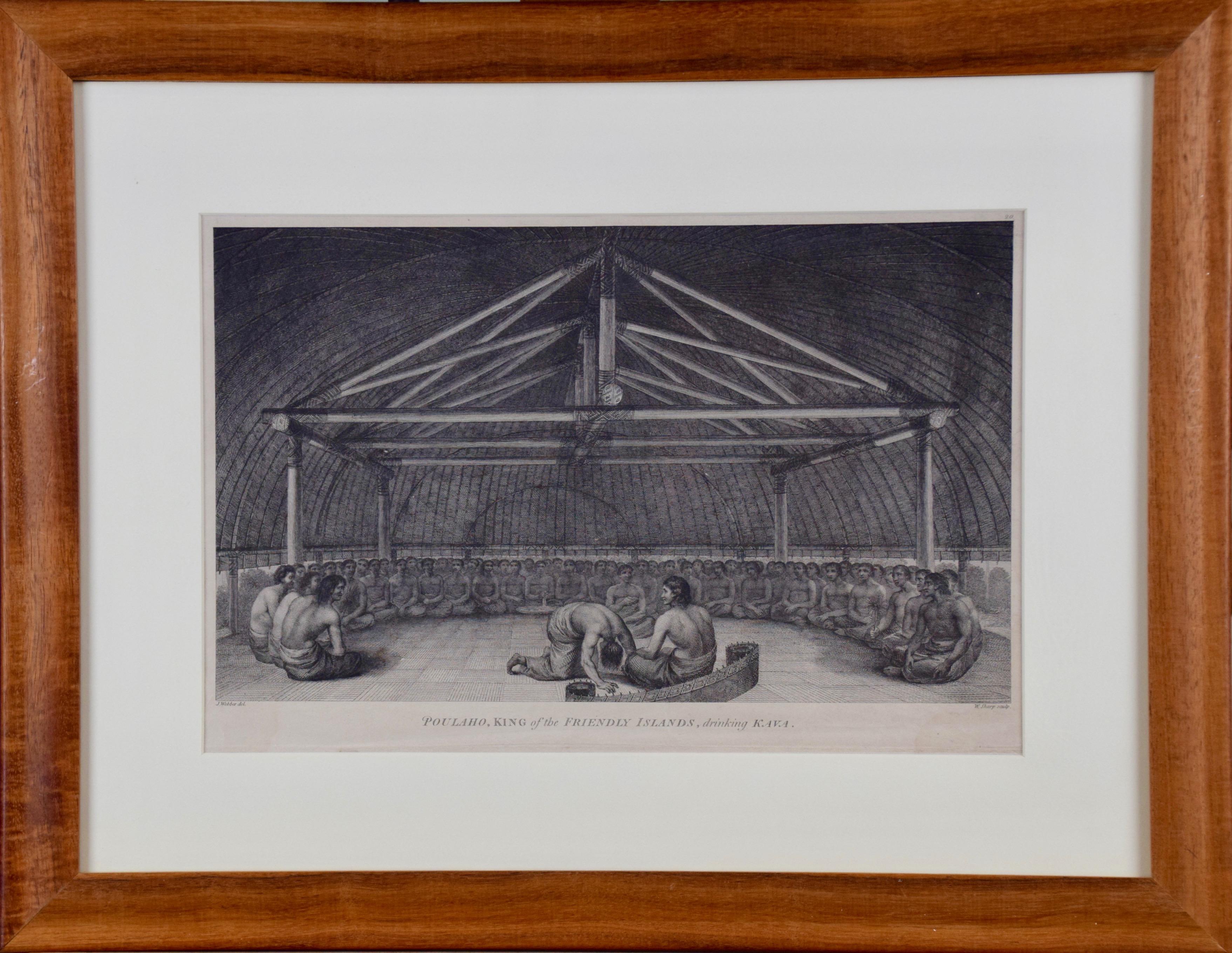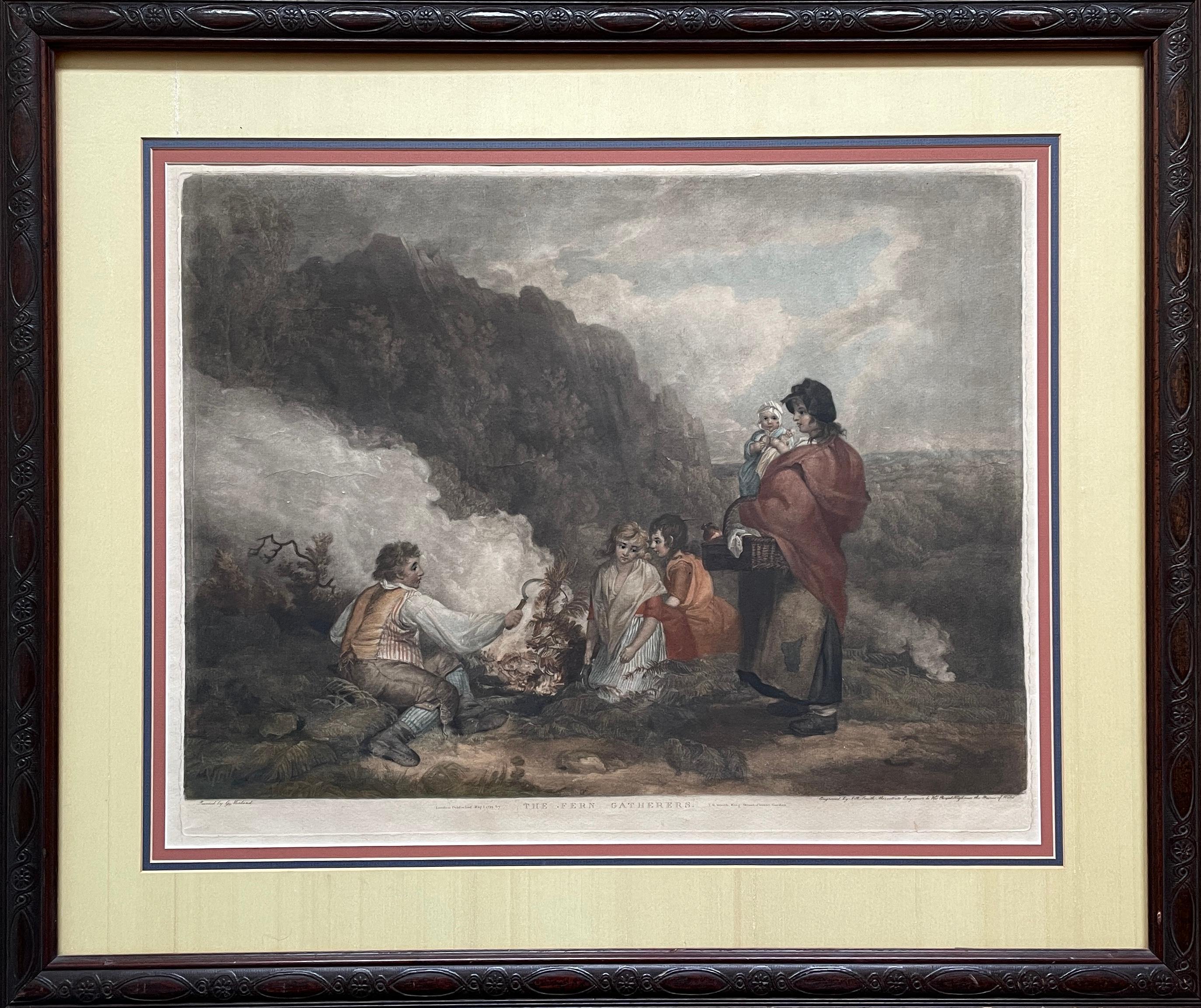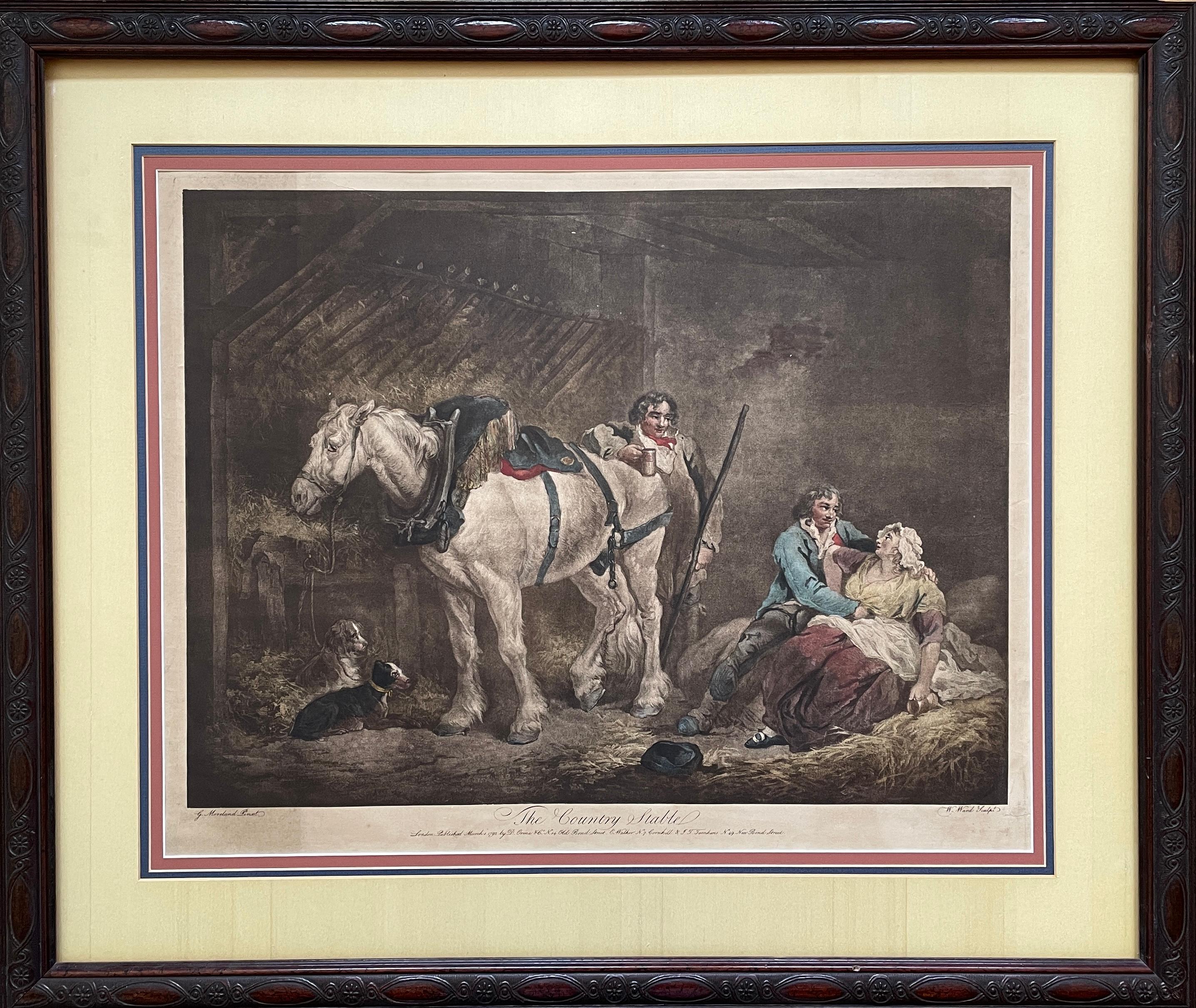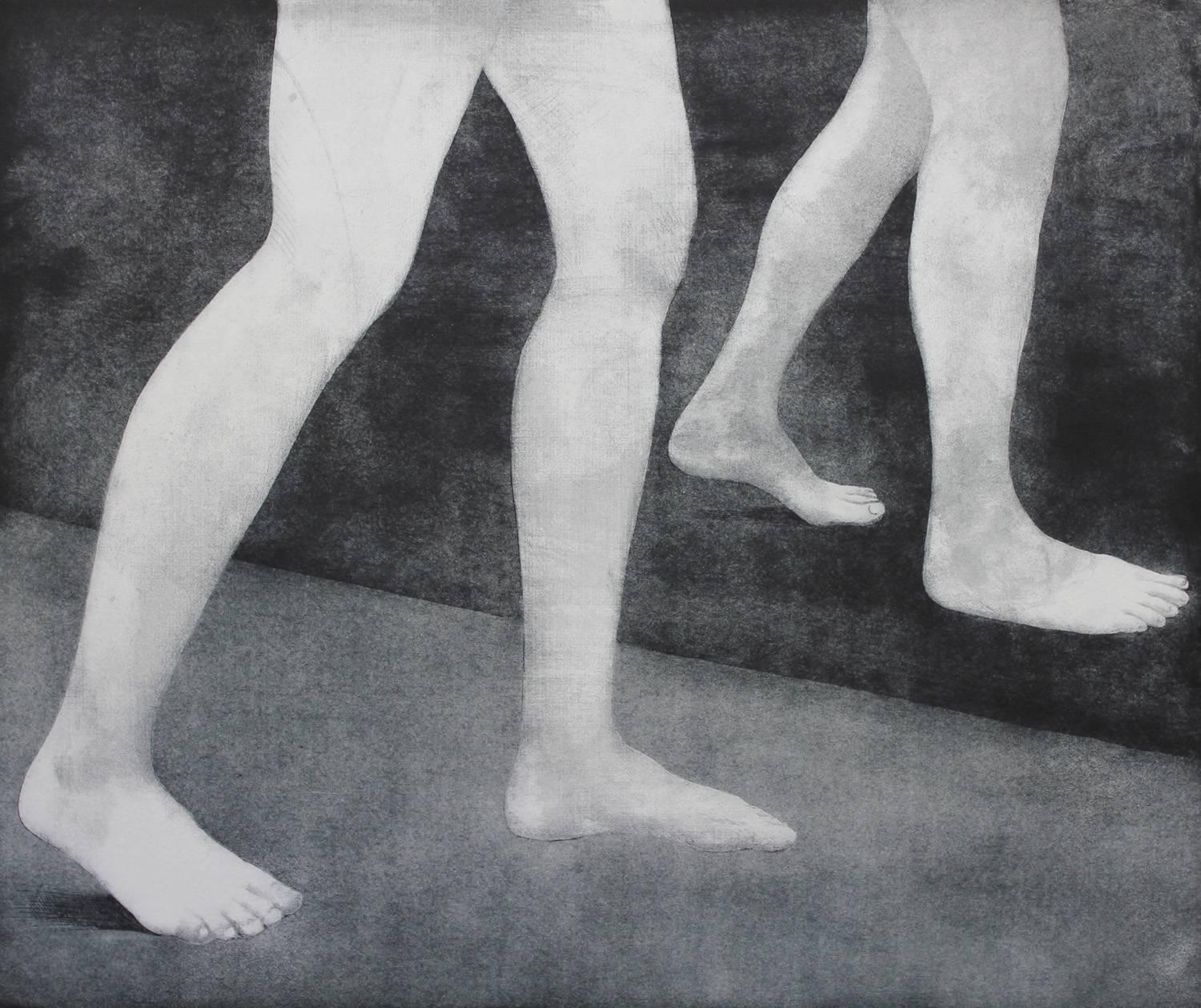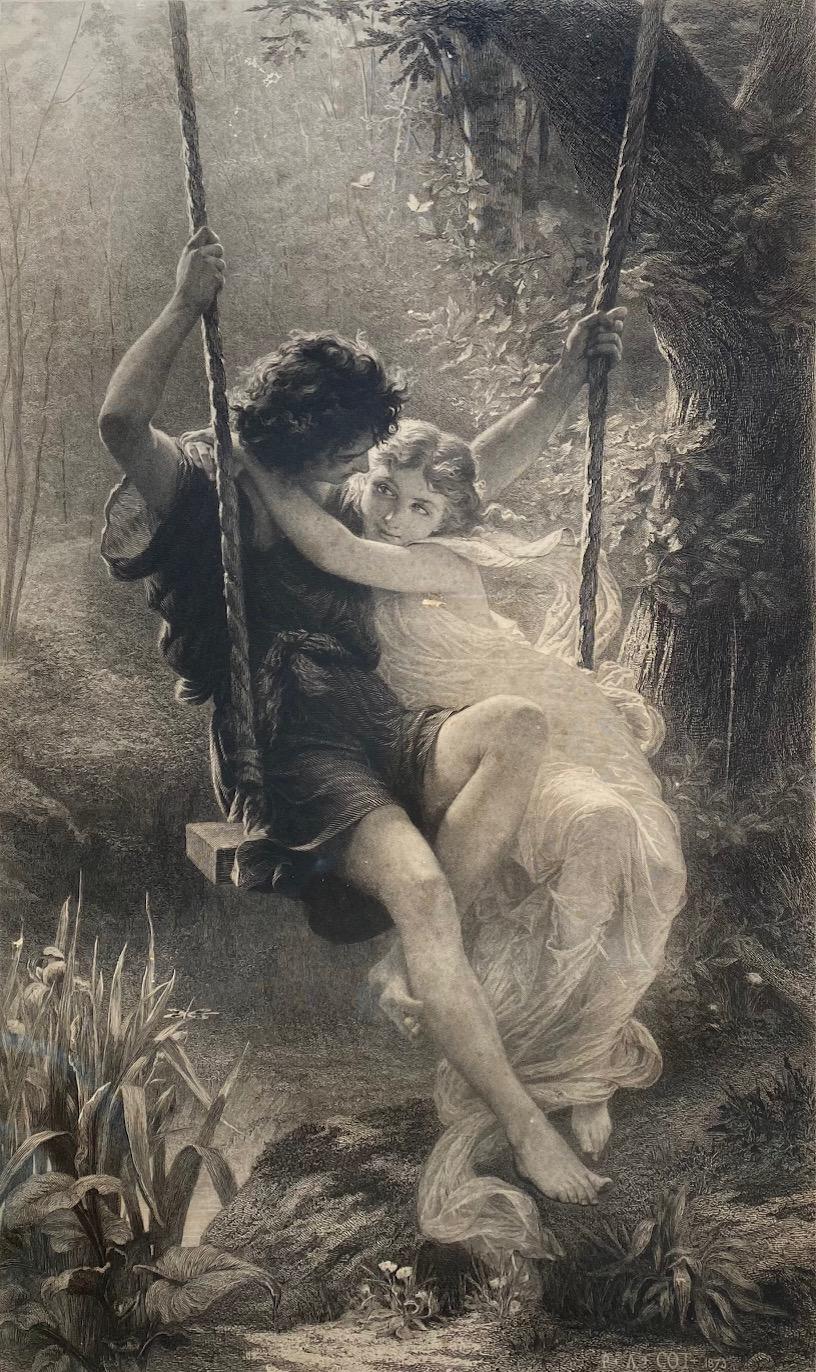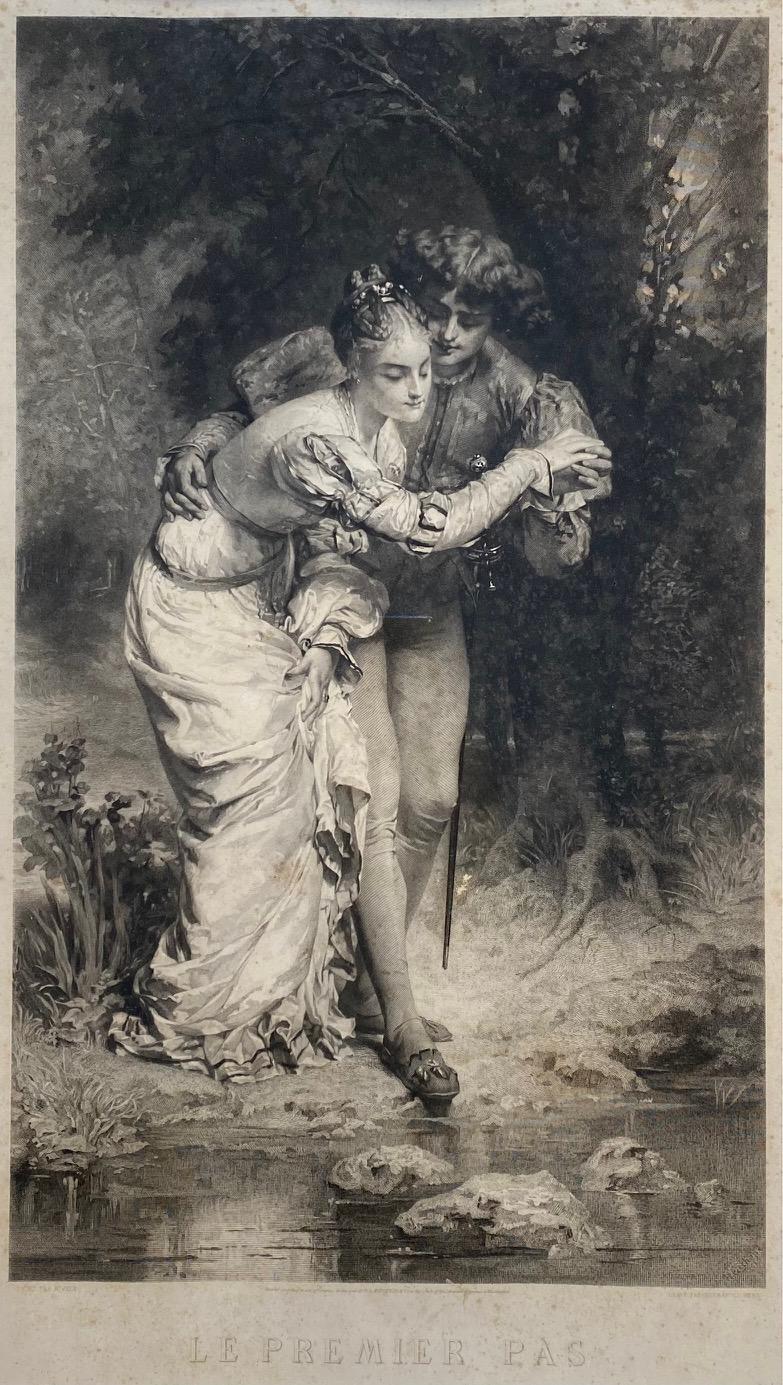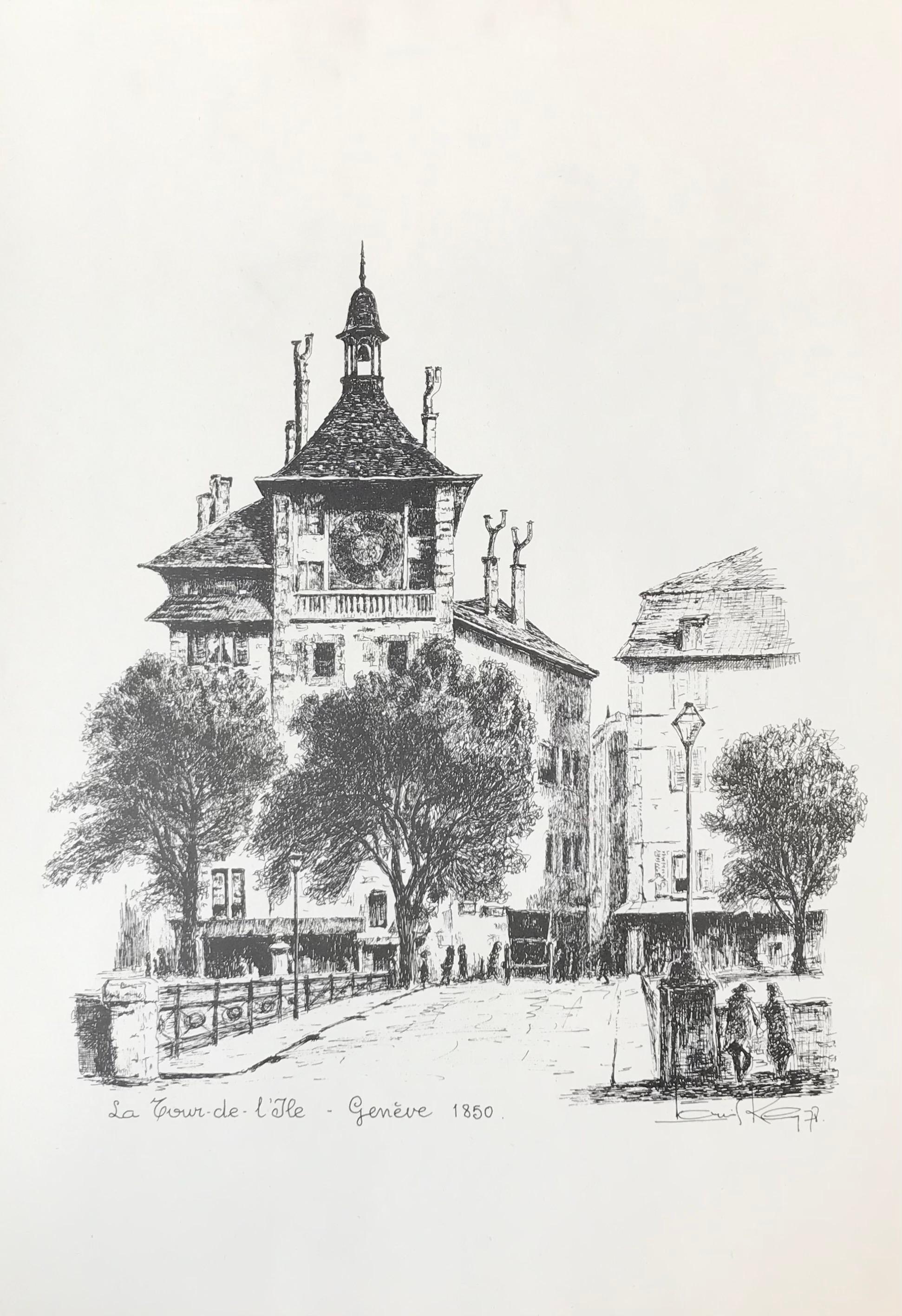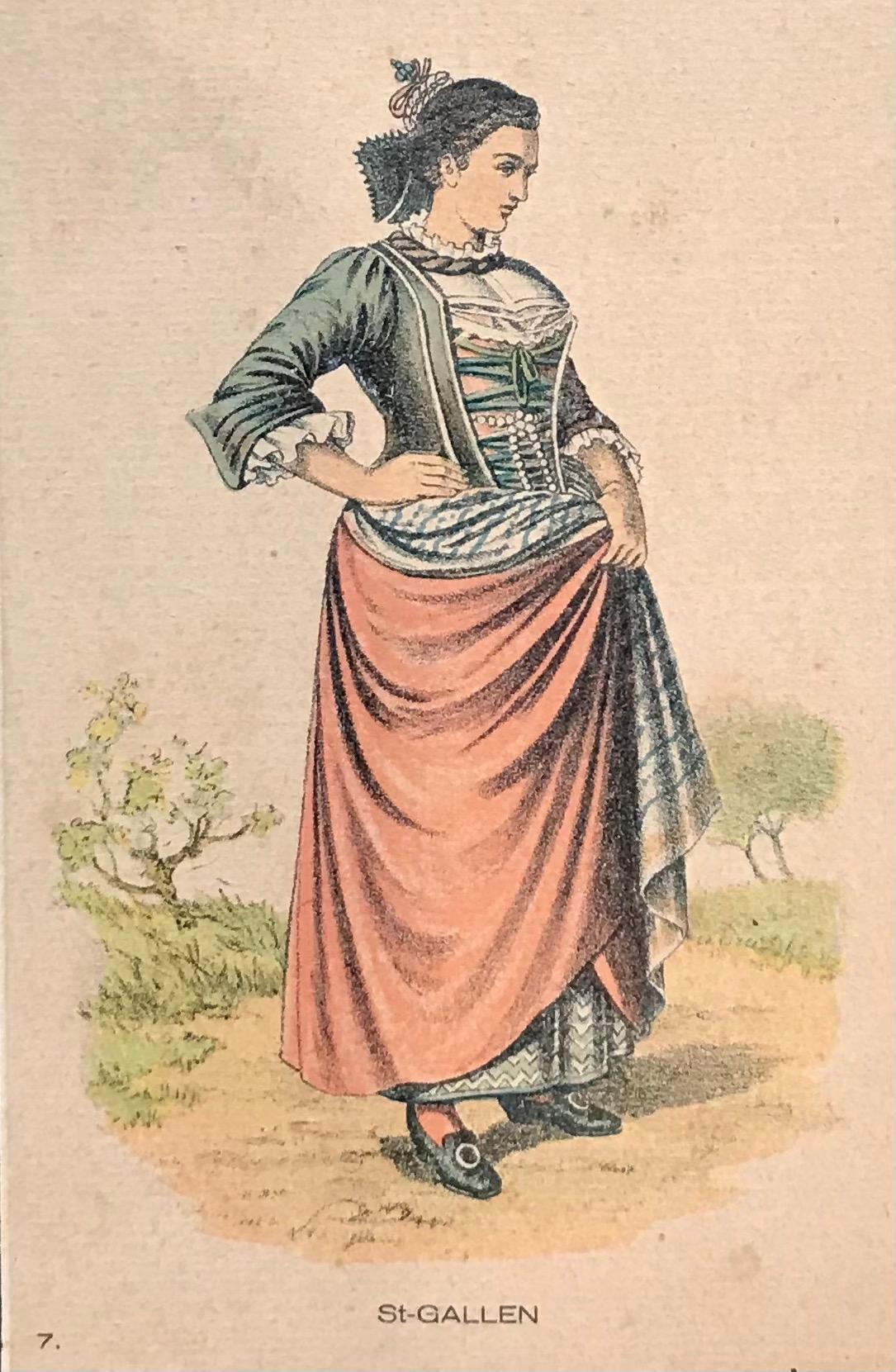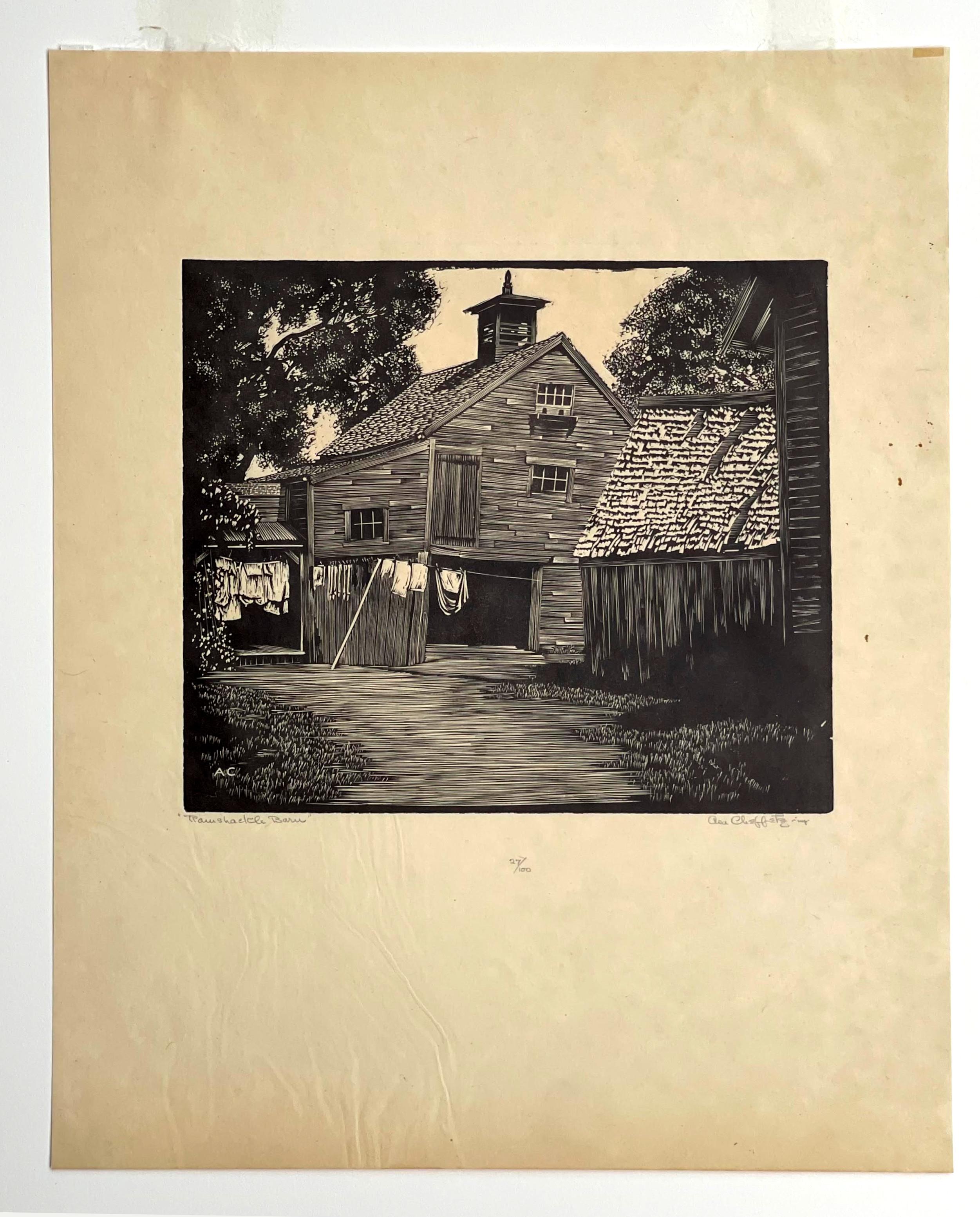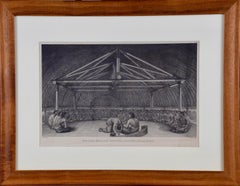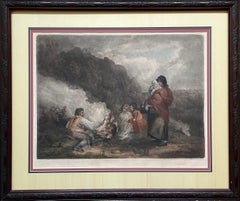King George IV Seated in St. Edward's Chair Crowned by Archbishop of Canterbury
View Similar Items
1 of 6
James StephanoffKing George IV Seated in St. Edward's Chair Crowned by Archbishop of Canterbury1824
1824
$2,200List Price
About the Item
Authenticity Guarantee
In the unlikely event there’s an issue with an item’s authenticity, contact us within 1 year for a full refund. DetailsMoney-Back Guarantee
If your item is not as described, is damaged in transit, or does not arrive, contact us within 7 days for a full refund. Details24-Hour Cancellation
You have a 24-hour grace period in which to reconsider your purchase, with no questions asked.Vetted Professional Sellers
Our world-class sellers must adhere to strict standards for service and quality, maintaining the integrity of our listings.Price-Match Guarantee
If you find that a seller listed the same item for a lower price elsewhere, we’ll match it.Trusted Global Delivery
Our best-in-class carrier network provides specialized shipping options worldwide, including custom delivery.You May Also Like
In a tavern. Paper, engraving, 21x25 cm
By Adriaen van Ostade
Located in Riga, LV
In a tavern.
engraver Jan De Visscher (1933-1692)
Paper, engraving, 21x25 cm
Category
17th Century Realist Figurative Prints
Materials
Paper, Engraving
$1,393 Sale Price
20% Off
William Hogarth . Original engravings 155 pсs., 1 piece with blend. 1822 London
By William Hogarth
Located in Riga, LV
William Hogarth (1697-1764)
Original engravings 155 pсs., 1 piece with blend. 1822 London
From A. Neibergs collection
Category
1820s Realist Figurative Prints
Materials
Paper, Engraving
"King of the Friendly Islands" (Tonga); Engraving from Captain Cook's 3rd Voyage
By John Webber
Located in Alamo, CA
"Poulaho, King of the Friendly Islands, Drinking Kava" is an engraving created by William Sharp (1749-1824), from a drawing by John Webber (1752-1793), who was the artist on Captain James Cook's 3rd and final voyage of discovery. It was published in the atlas of "A Voyage to the Pacific Ocean Undertaken by the Command of His Majesty, for Making Discoveries in the Northern Hemisphere", the official British Admirality sanctioned journal published upon completion of the voyage in London in 1784 by Strahan & Cadell.
Captain Cook visited Tonga on his 3rd voyage, which he named The Friendly Islands because of the warm welcome he and his crew received, unlike some of the other more hostile Pacific islands. The engraving depicts Cook and his men observed a kava ceremony at the village of Mu’a on Tongatapu. King Paulaho sits in the centre foreground, his back to the spectator with a man kneeling before him. The ceremonial mat depicted behind Paulaho indicates that nobody was allowed to sit behind him. The figure in the centre holds a single cup, referring to the Tongan custom of offering the cup to the king first. Kava is native to the islands of the South Pacific and was first described for English readers in 1768 by Captain James Cook. The kava root has been used for centuries as a central feature of ceremonies and celebrations because it was able to bring about a calming and pleasant social atmosphere. The root was crushed and processed into coconut milk to become the focal ceremonial beverage, simply referred to as kava.
This engraving is presented in a Koa wood frame and a white mat. Koa wood is legendary in Hawaii. There are occasional faint spots, but the print is otherwise in very good condition. This amazing Koa wood is native to Hawaii and it is known for the deep rich colors and varied grain pattern. Koa has an honored heritage in Hawaii and is highly revered and sacred. The word “koa” means “warrior” in Hawaiian. The warriors of King Kamehameha the Great, created canoes and weapons from a wood plentiful on the Big Island of Hawaii. This wood became synonymous with the warriors themselves, and it became known as koa.
There are three other engravings listed from the official journal of Captain Cook's 3rd voyage available that are presented in identical Koa wood frames and mats (LU117324682422, LU117324684052, LU117324684032). They would make a wonderful grouping for a display of 2, 3 or 4 prints. A discount is available for a grouping depending on the number of items included.
Captain Cook is remembered as one of the greatest explorers and navigators in history. His explorations included Australia, New Zealand and islands of the South Pacific and the northwest coast of North America. Hawaii was discovered by Captain Cook during this voyage. Hawaii was originally called The Sandwich Islands in honor of The Earl of Sandwich...
Category
1780s Realist Figurative Prints
Materials
Engraving
"The Fern Gatherers" 18th Century Antique Mezzotint Engraving by John R. Smith
By George Morland
Located in Carmel, CA
"The Fern Gatherers" After a painting by George Morland. 1763-1804. - Mezzotint engraving by John Raphael Smith. 1752-1812.
Print: 20.75" x 26" - With Frame: 28" x 33.5"
Published:...
Category
Late 18th Century Realist Still-life Prints
Materials
Engraving, Mezzotint
"The Country Stable" 18th Century Antique Mezzotint Engraving by William Ward
By George Morland
Located in Carmel, CA
"The Country Stable" After a painting by George Morland. 1763-1804. - Mezzotint engraving by William Ward. 1766-1826.
Print: 20.75" x 26" - With Frame: 28.5" x 34"
Published: March...
Category
Late 18th Century Realist Still-life Prints
Materials
Engraving, Mezzotint
Leap Fail Leap
By Robert Flemming & Mizin Shin
Located in Buffalo, NY
An original mixed media Photo Etching, Aquatint and Drypoint Printed on Arches Cover titled Leap Fail Leap, created by the artistic collaboration of Robert Flemming and Mizin Shin. ...
Category
2010s Realist Figurative Prints
Materials
Paper, Drypoint, Etching, Aquatint
